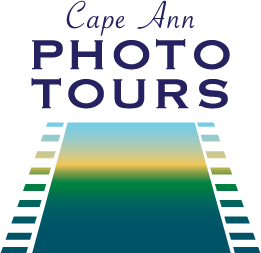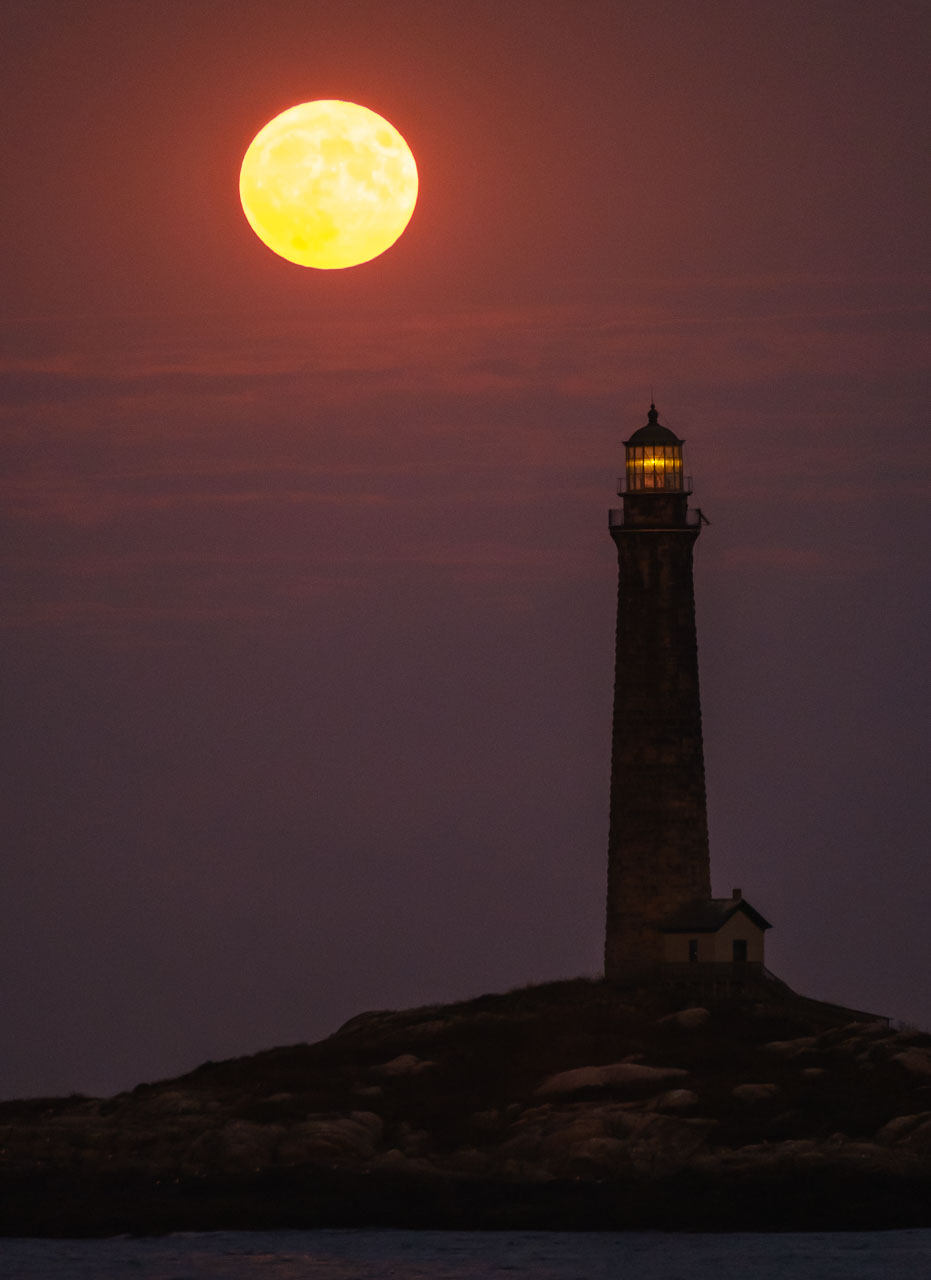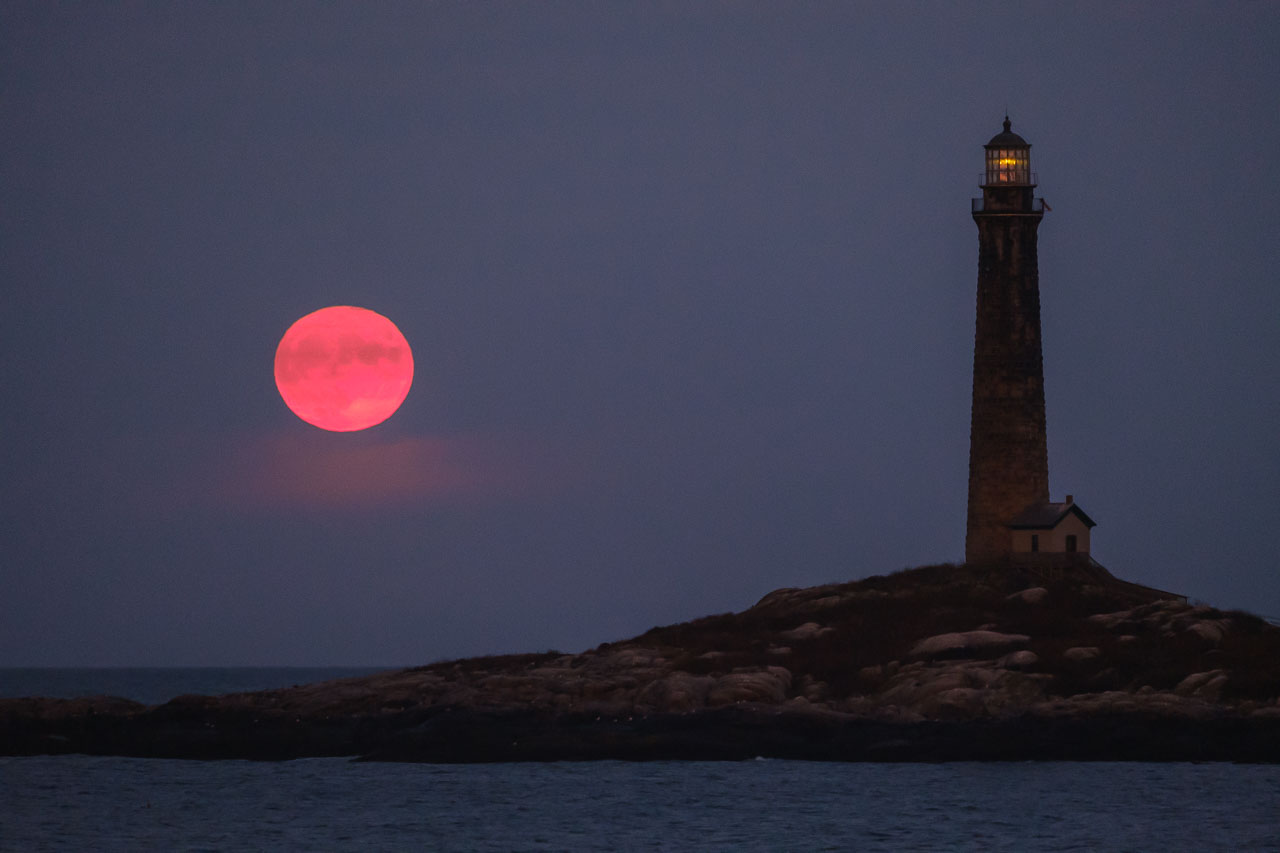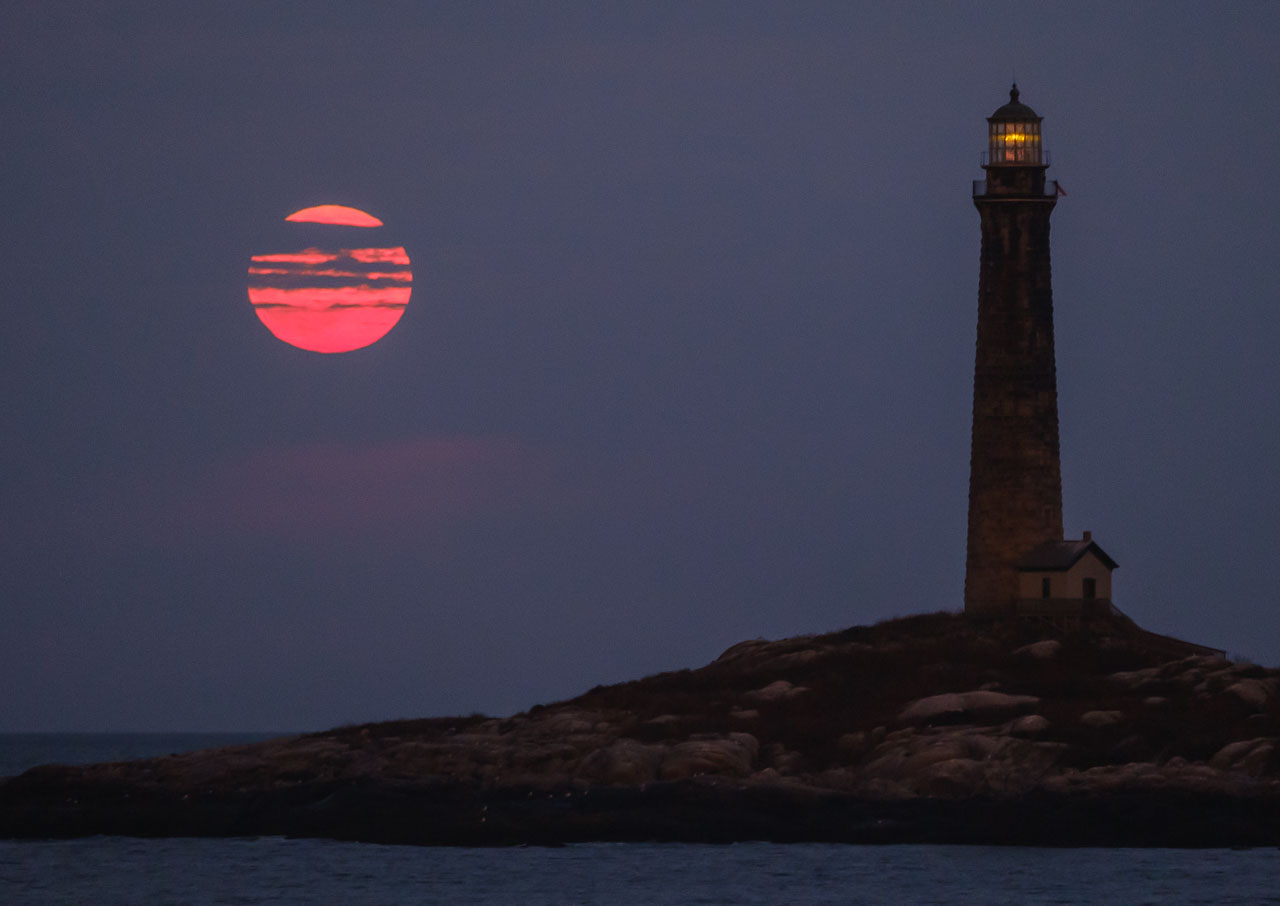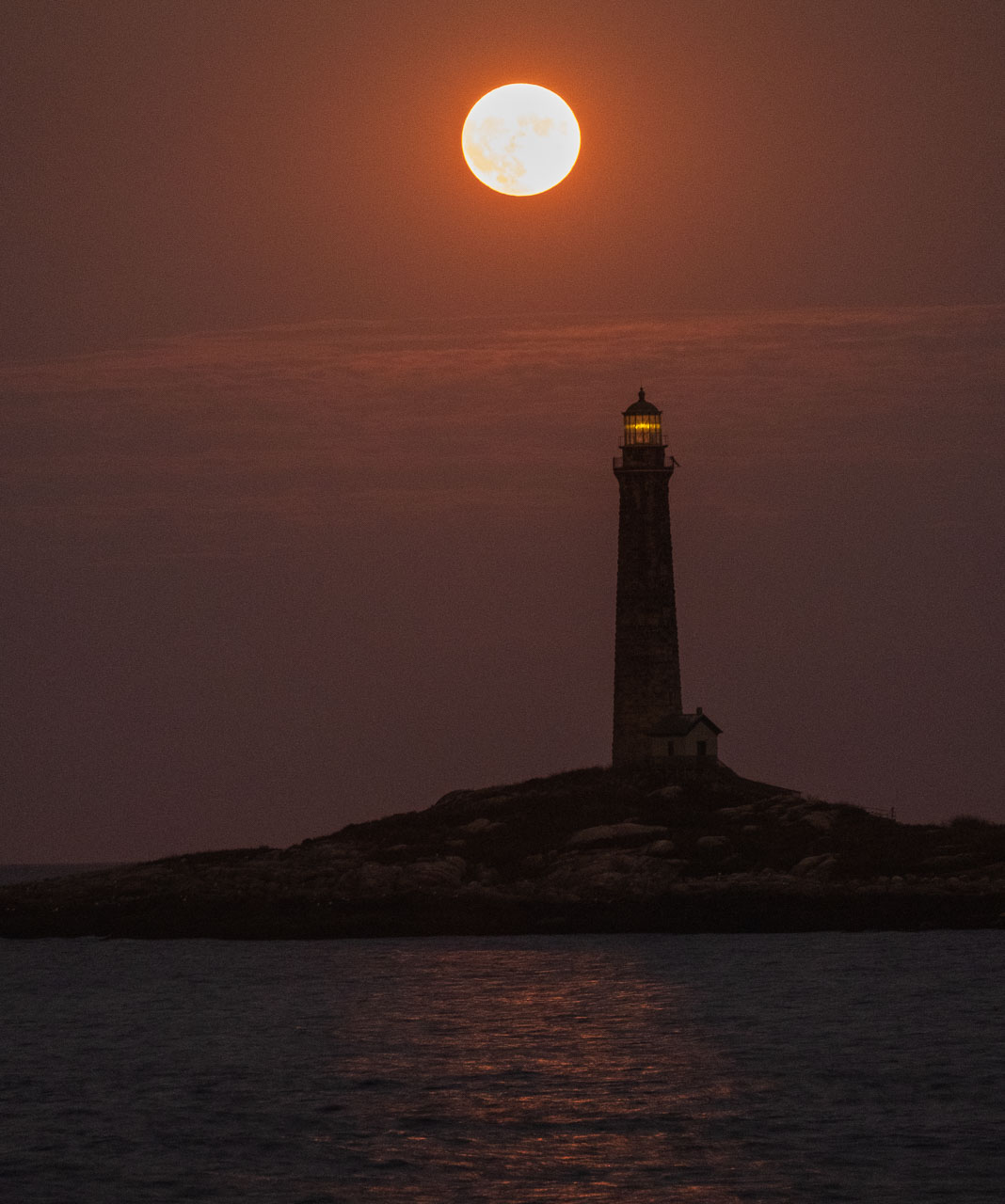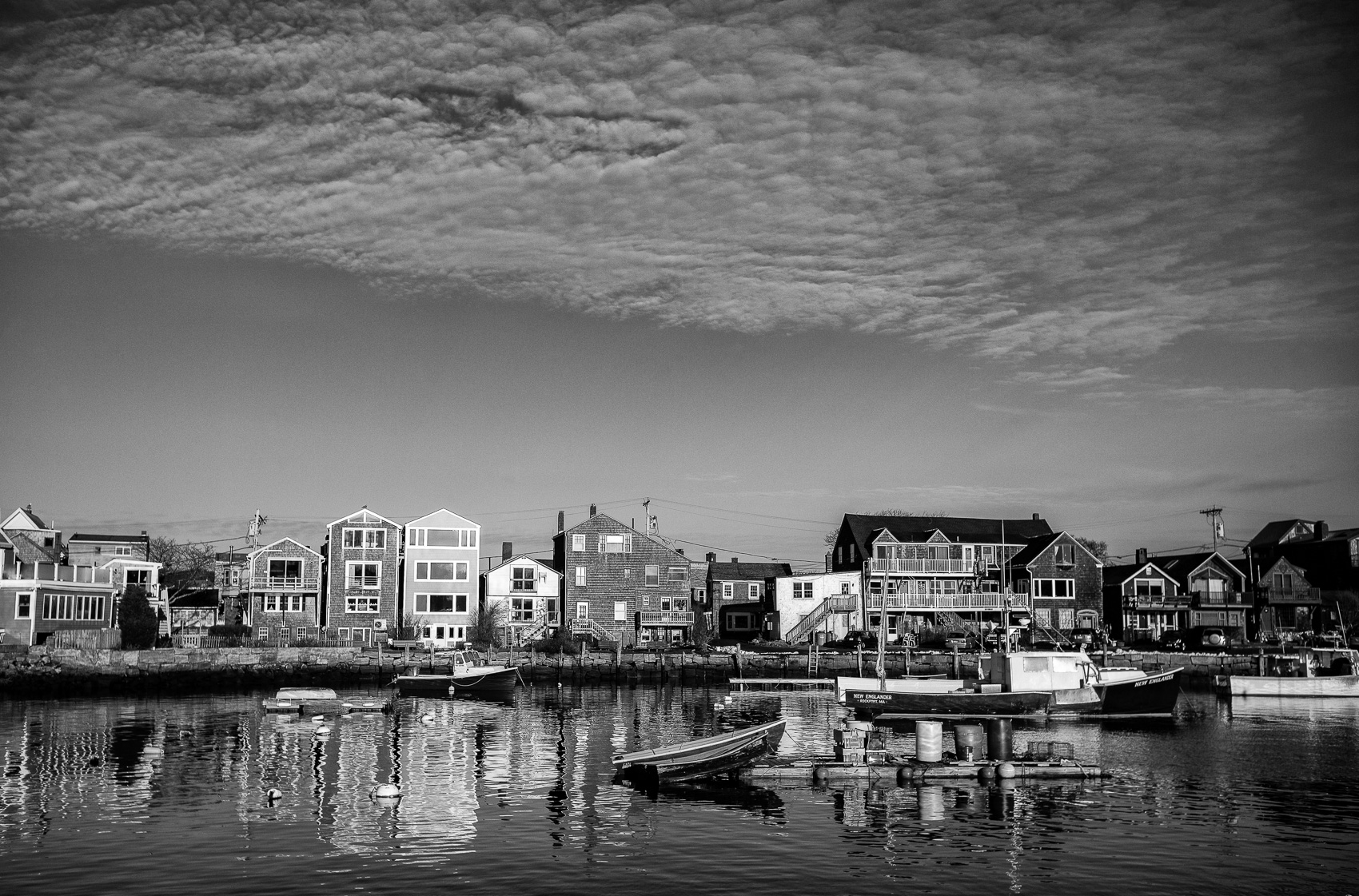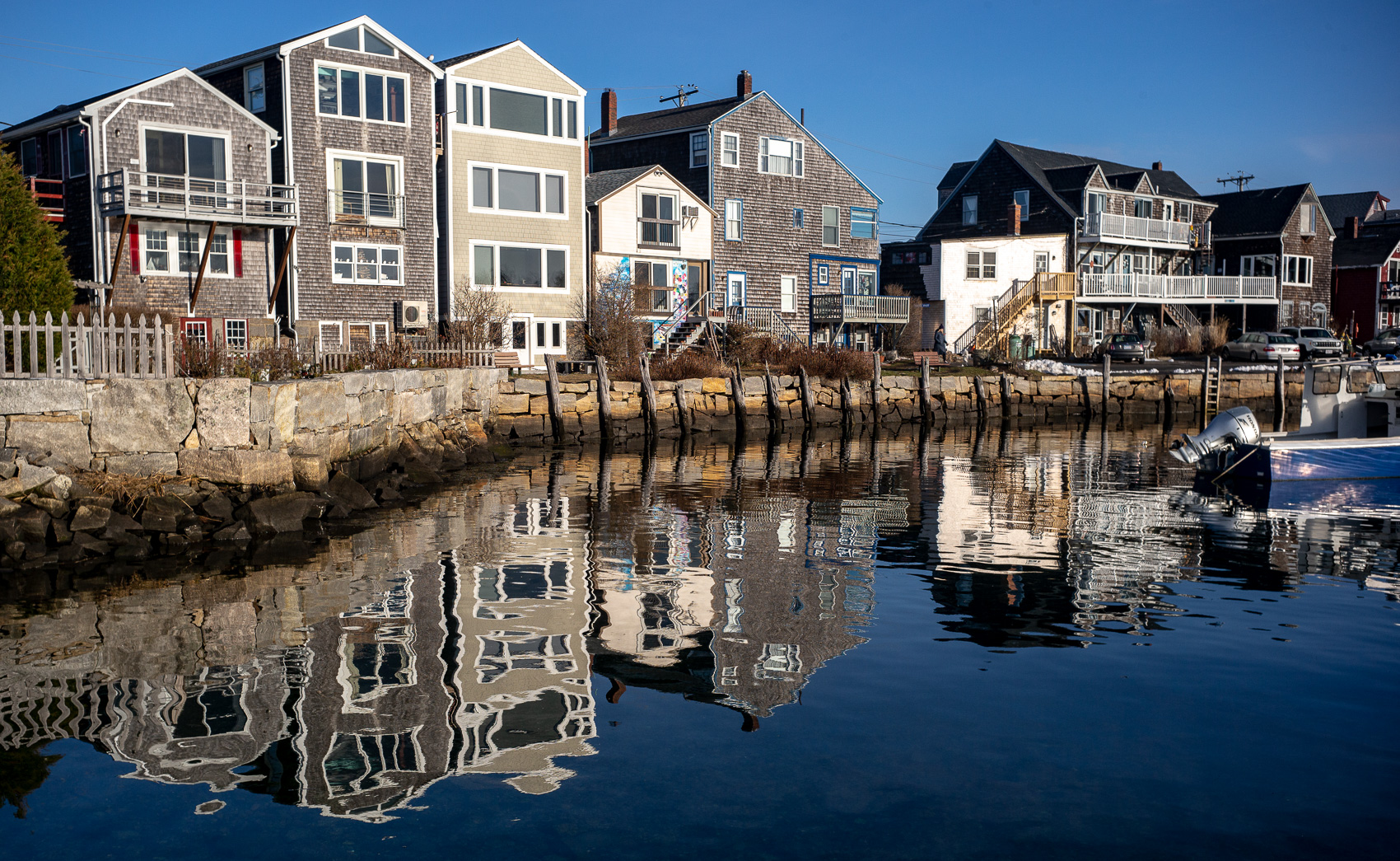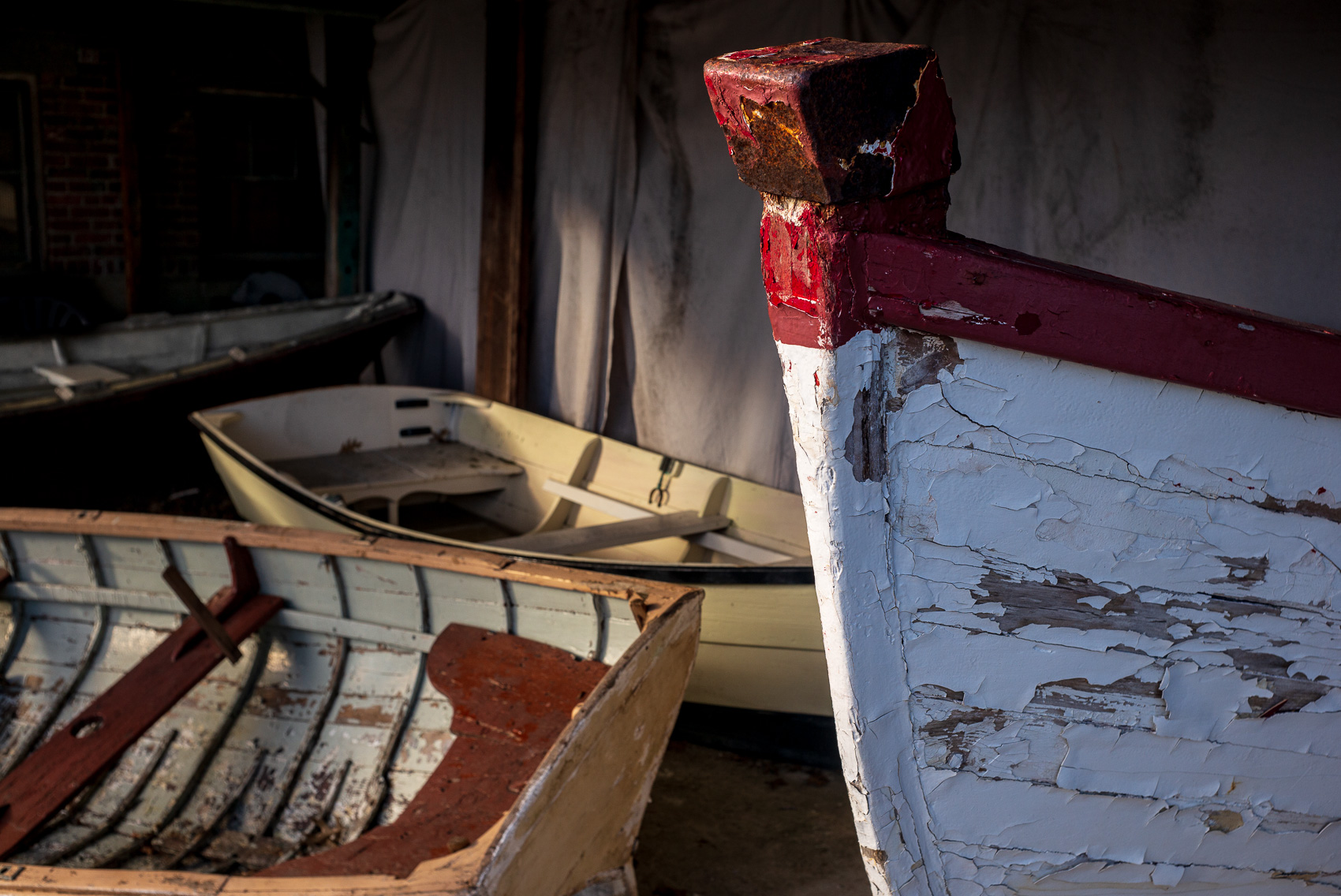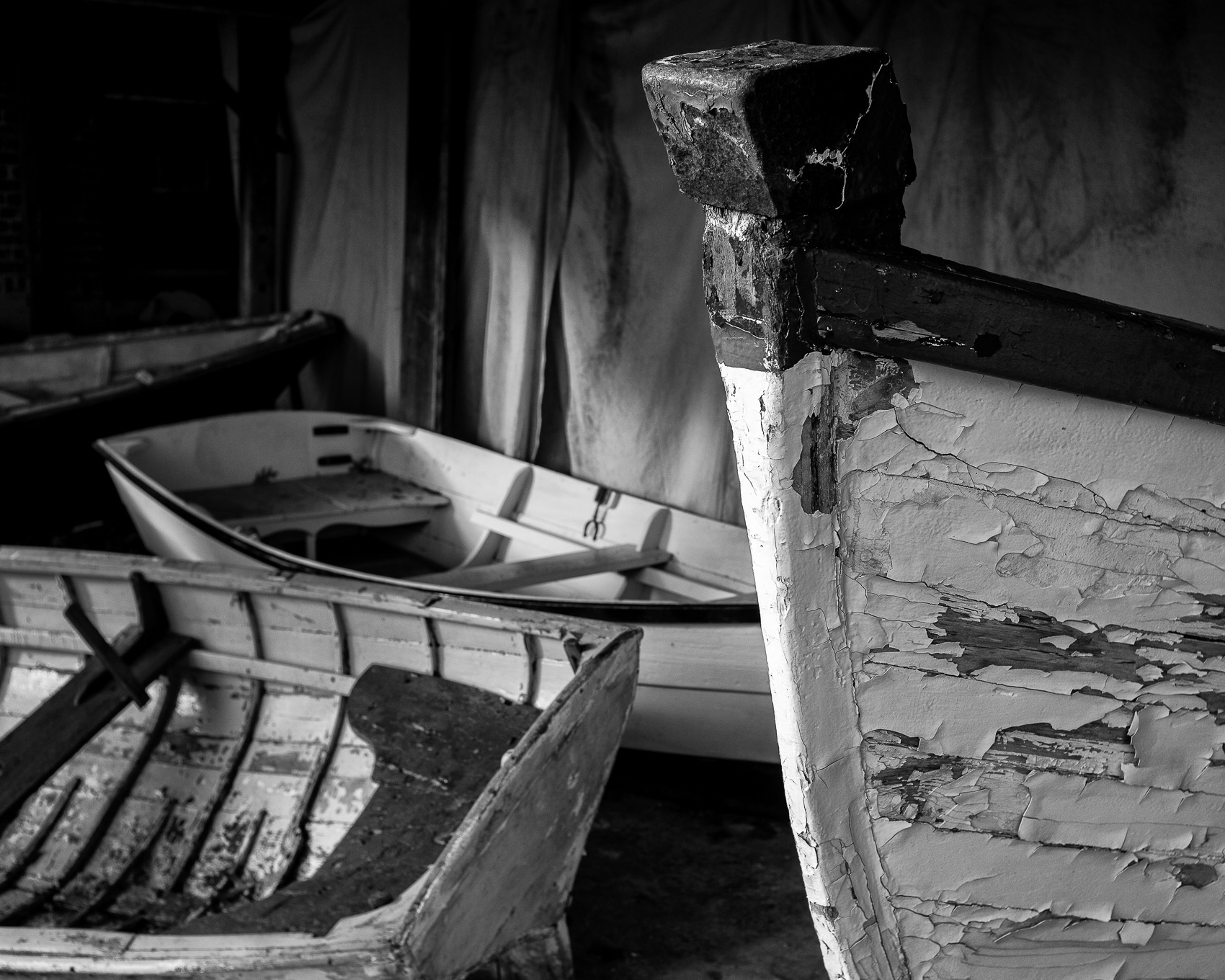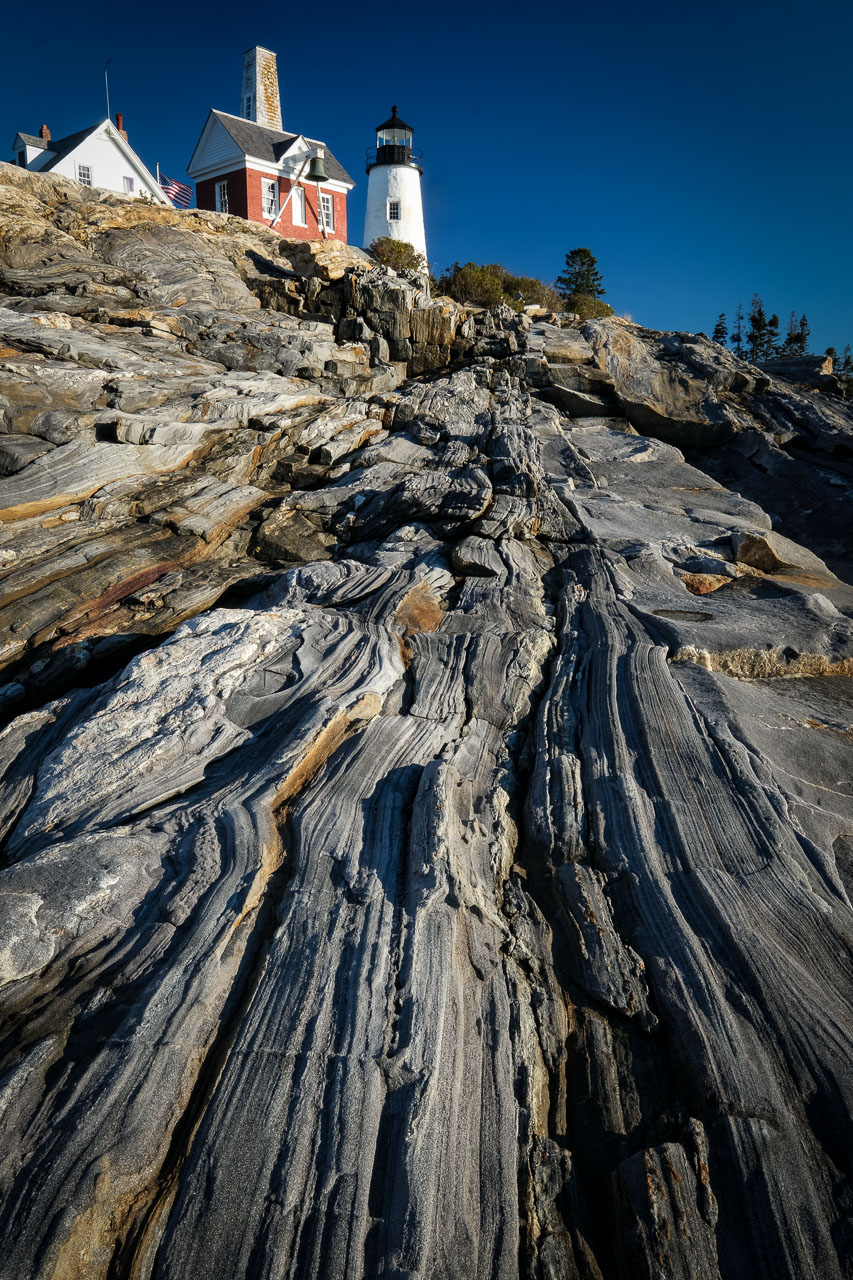
Wide angle landscape photography can be described in two ways. 1. Getting in an entire grand landscape and 2. Emphasize the foreground as much as possible. In these two images I have tried to emphasize the foreground using the foreground to lead the eye into the frame and up to the lighthouse using the striations of t he rock below the light. I tend to use method #2 more than the first one because that is how I have always used my wide angle lenses. Using the foreground method you are able to use compositional elements to your advantage more than with any other lens. You are also able to get the most depth of field using wide angle lenses. Distortion can be your enemy or your friend depending on how you look at it. I love the distortion a real wide angle lens, eg; 15-21mm can give to your foreground. It’s always been a favorite technique of mine. In the vertical position especially, with the camera pointed downward the foreground just jumps right out at the viewer. The image above is just such an image. The rock formations take center stage and draw the viewer into the image.
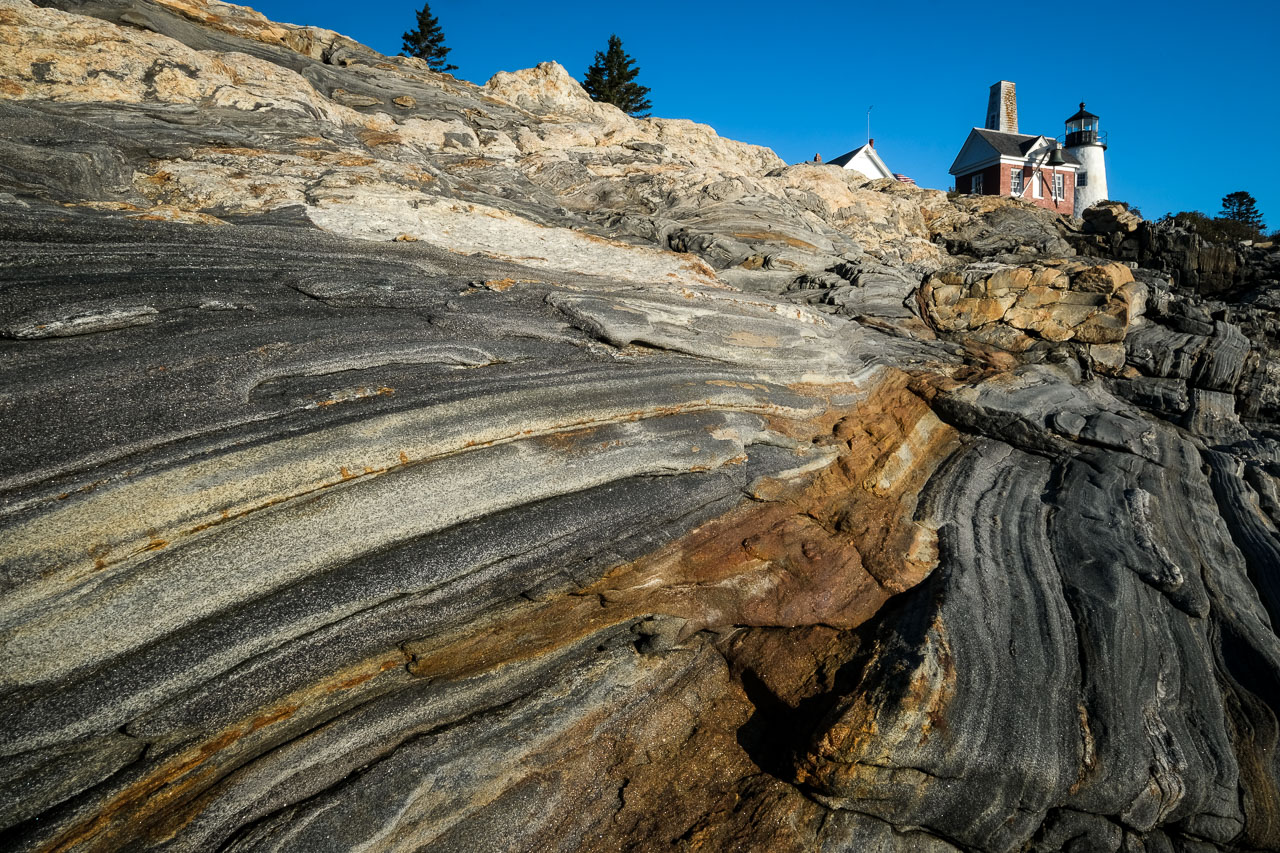
With this image the opposite is true. Tilting the camera to one side or the other distorts that side. As you can see in the image above, the left side is is much larger than the rest of the image and draws the viewer into the image and up to the lighthouse. To me this is the best way to work with extreme wide angle lenses. Now if the distortion is too much then you can correct it your processing software.
While working on compositions at this location I was very cognizant of the fact that foreground distortion was important. This prevented me from looking for other types of shots which I regret. Nothing really with longer lenses which is a problem. Working the scene is one of my mantras.
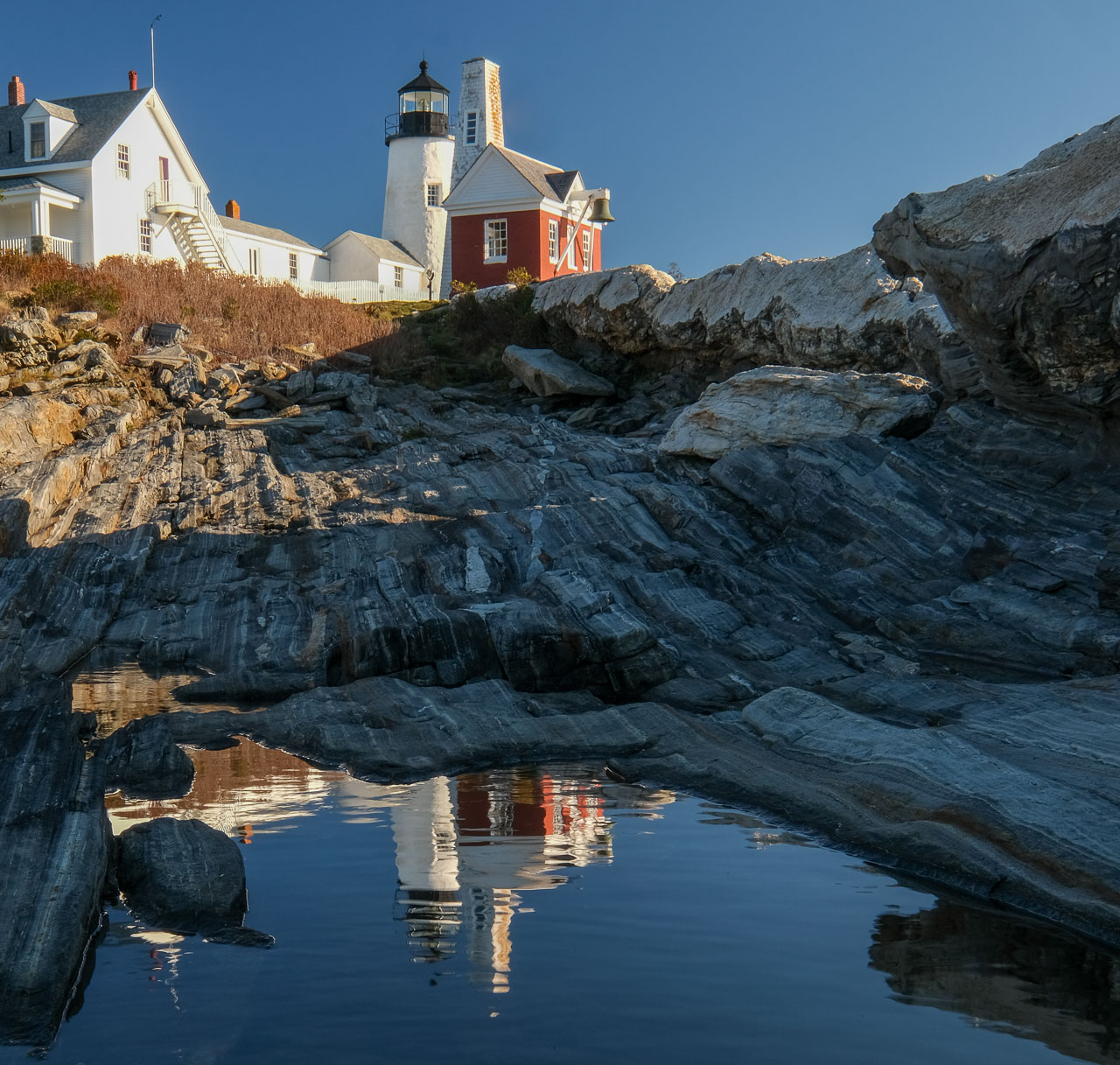
I did get the shot above using my Fuji XF 16-80 but I cropped it up from the bottom to make the composition tighter. So as you can see, wide angle landscape photography can be used in many ways I have given you just a couple.
